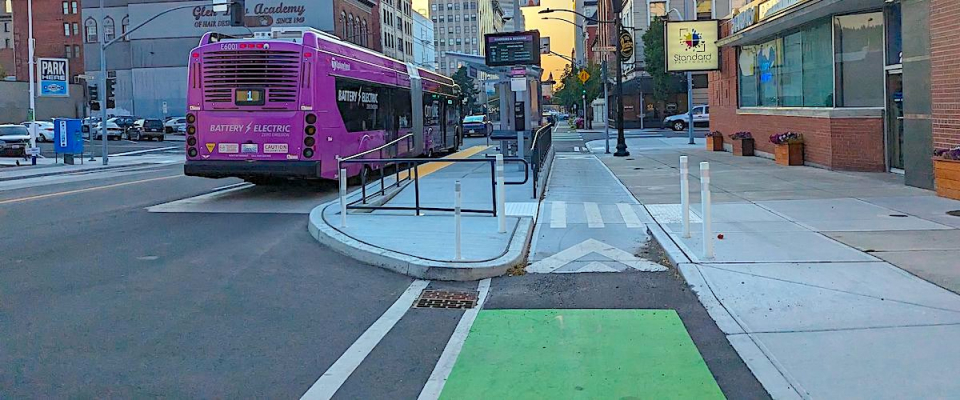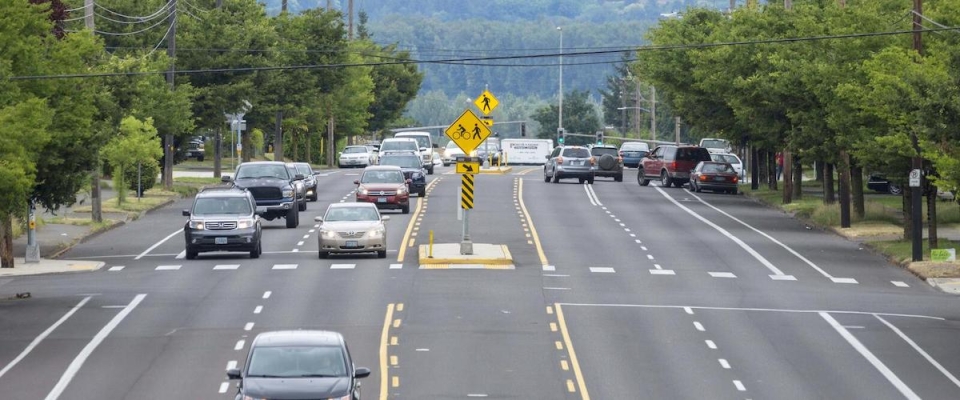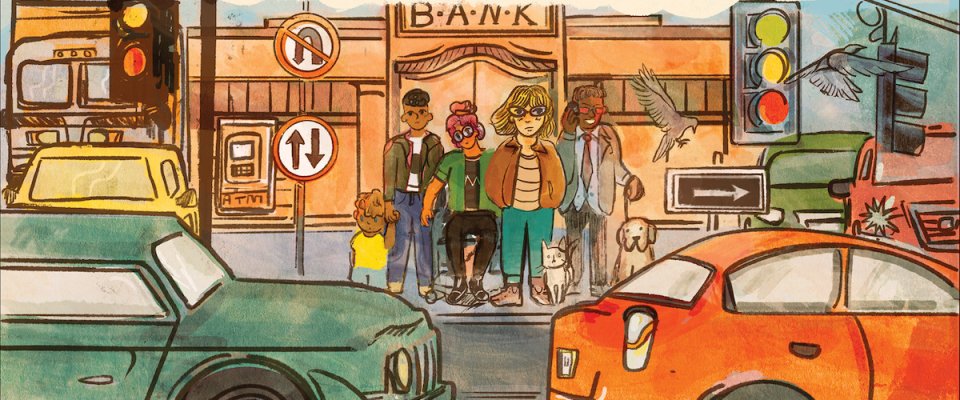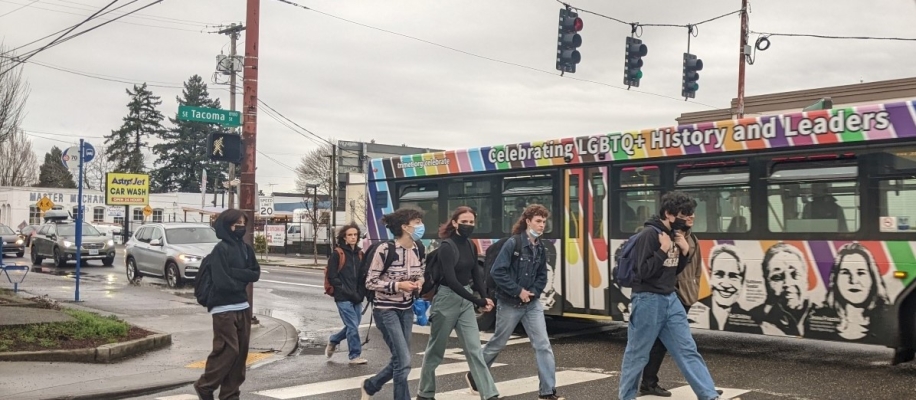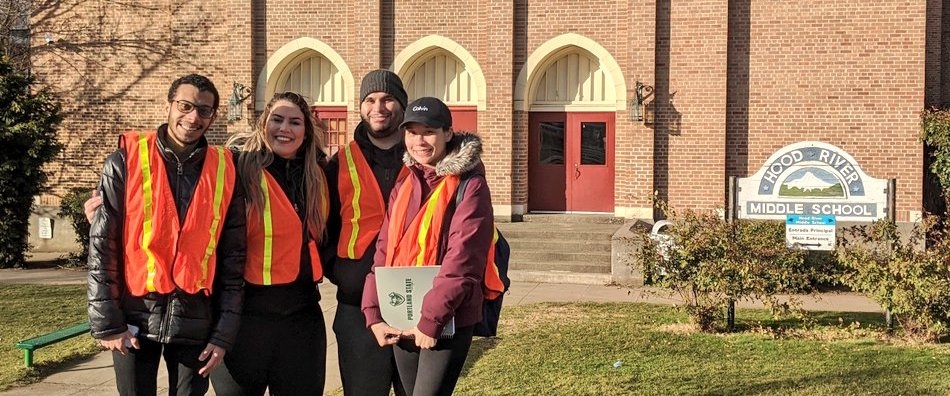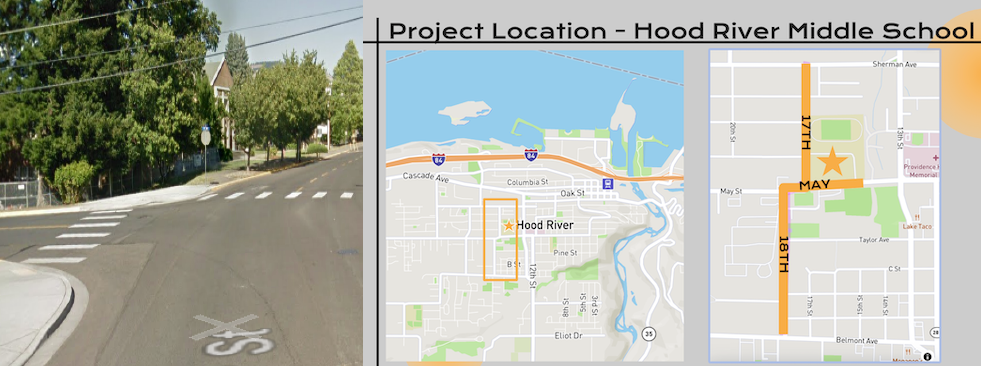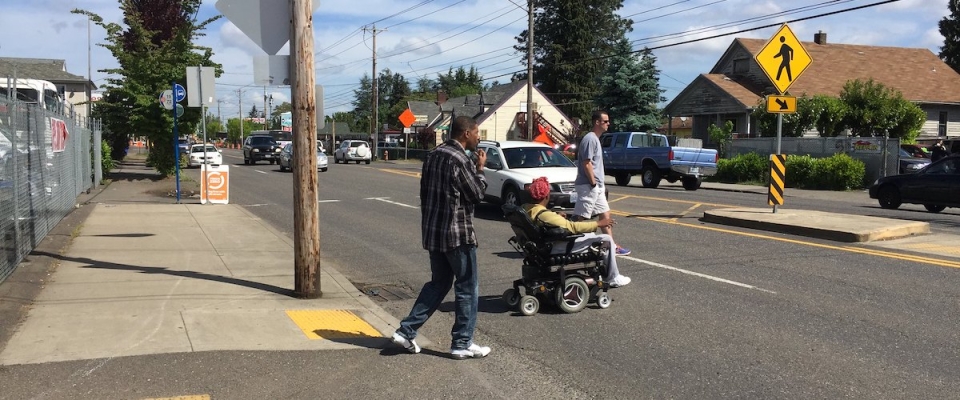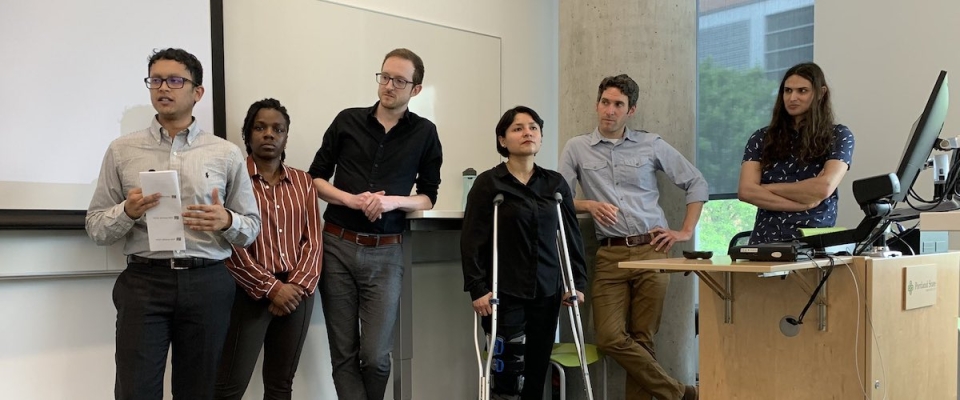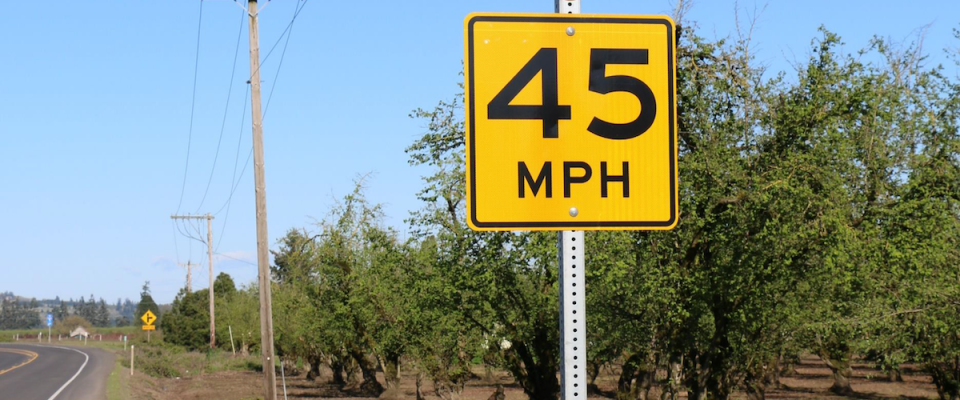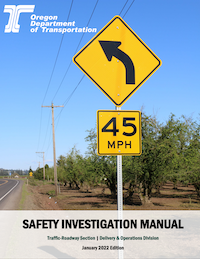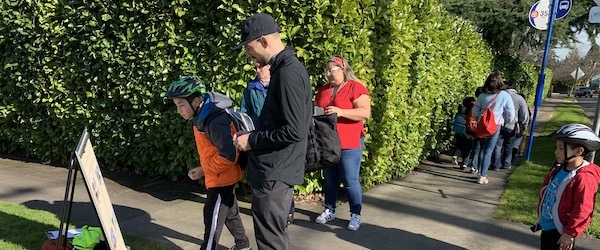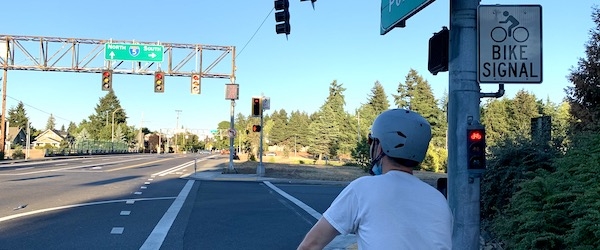In a new project that's just getting underway, Portland State University researchers will work with researchers at the University of North Carolina (UNC) at Chapel Hill to develop tools and a decision-making process to proactively design and retrofit roadways to make them safer.
Led by Sirisha Kothuri of the Maseeh College of Engineering & Computer Science and supported by the Washington Department of Transportation (WSDOT), the effort aims to help WSDOT implement a Safe System Approach to prevent dangerous crashes. They intend to implement safe systems in conjunction with another principle embraced by WSDOT and many other transportation agencies, the Complete Streets concept. Complete Streets is a planning and design method that prioritizes safe access for all road users.
"PSU along with UNC is excited to help WSDOT implement the Safe System Approach to road safety within the Complete Streets context. This work aims to reduce crashes for all road users generally, and in particular to eliminate fatal and serious injury crashes," Kothuri said.
WHY THE SAFE SYSTEM APPROACH?
As described by the United States Department of Transportation (U.S. DOT), the Safe System Approach has been embraced by the transportation community as an effective way to address and mitigate the risks inherent in our transportation system. It works...
Read more
